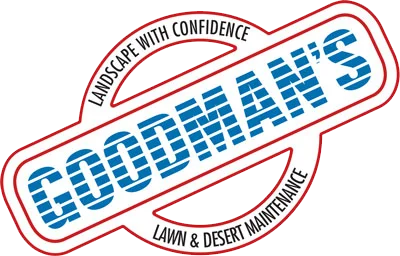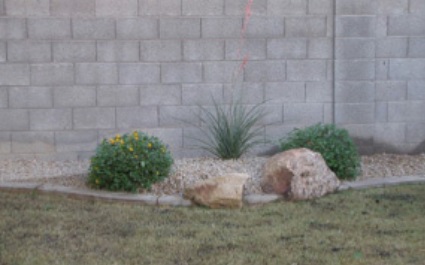What is Lawn Scalping?
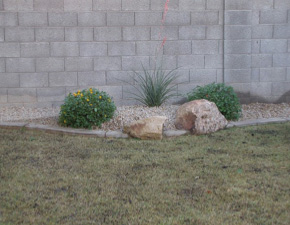
In terms of preparing a lawn for overseeding, scalping is lowering the level of the Bermuda lawn to allow Rye seeds better access to soil and sun after it’s been spread. The best practice is to set the mower on a progressively lower setting each time the lawn is mown until the desired height is reached – approx. 1/4 to 1/2”. At Goodman’s, we encourage our customers to authorize their winter lawn estimate as early as the end of August, so that we can begin lowering their lawn over several services in preparation for overseeding in October, rather in a single visit, which much less desirable for the health of the Bermuda.
When you mow your lawn properly, it will not only increase the quality and health of your lawn, but it will also decrease the amount of weeds. For the best looking lawn, it is recommended to mow on a weekly basis. It is always a good idea to keep your mower blades nice and sharp. Lastly, don’t forget to mow your lawn in different patterns each time in order to reduce overall wear and tear of your grass. This will keep your grass looking nice and healthy.
What is Lawn Thatch?
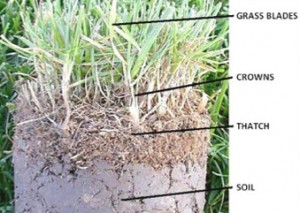
All grass has a layer of thatch that exists between the bottom of your grass and the soil —basically dead grass roots and stems. A thin layer of thatch is desirable because it insulates your grass from extreme temperatures and acts as a cushion to help your lawn withstand foot traffic.
However, if thatch accumulates to more than one-half inch in thickness, it can put your lawn at risk of drought because the water saturates the thatch instead of the soil and root system, leading to insect infestations or other lawn issues.
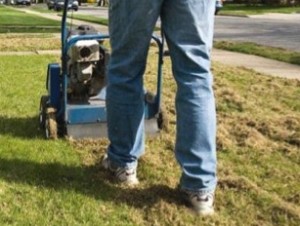
Thatching is the removal of detrimental thatch, and requires a special machine called a dethatcher or power rake to remove it. It is important that you set the blades to run at about 1/4” above the soil. The goal is remove the thatch, not the soil. Flag all of your lawn heads so they readily visible and you can maneuver around them with the machine. Otherwise, you will have a potential irrigation accident on your hands.
Before you begin removing a large amount of thatch, remember that if you start removing smaller amounts, it is always possible to remove more later, however, if you start removing too much, it isn’t possible to add more thatch after it has already been removed. Starting with smaller is the safer route. If your thatch has grown quite a bit (about two inches or more), it is likely that the root systems of the grass are in the thatch layer, that means that you will have to plan to overseed these areas after thatching. It isn’t recommended to remove thatch if your lawn is weak or under drought stress. Otherwise, it is quite possible that your grass won’t be able to recover fully. It is OK to remove thatch late summer/early fall.
Do you Need Help with Lawn Scalping or Thatching in Phoenix, Arizona?
Call Goodman’s, the Phoenix yard and lawn maintenance experts. We can provide you with a fast and friendly lawn care estimate today. Please give us a call at 602-861-1144.
